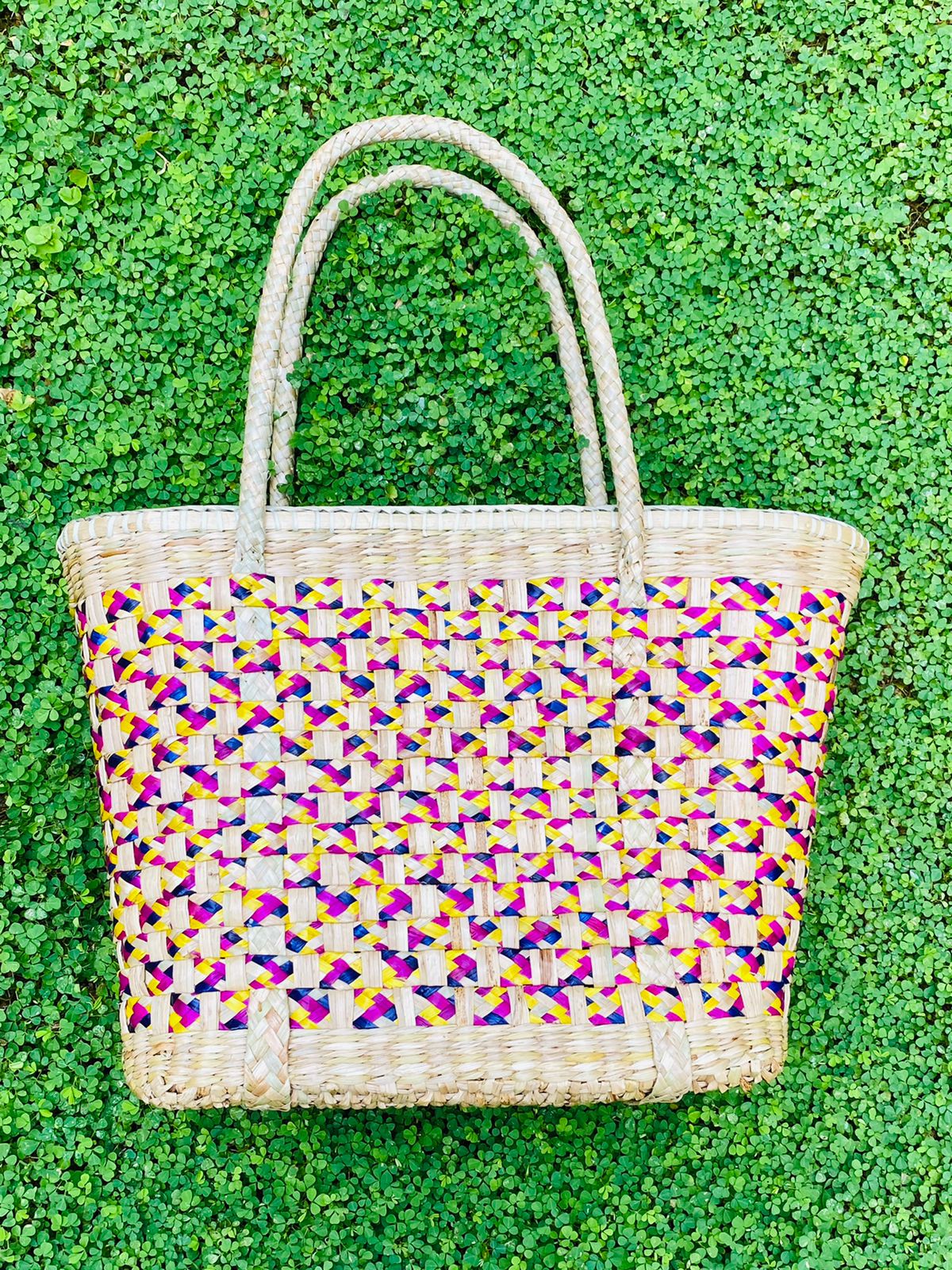
Fibershed Sri Lanka
Sri Lanka
Contact: Thilina Premjayanth
Email: t.premjayanth@fibershed.lk
Website: https://fibershed.lk
Instagram: @fibershed.sl
Facebook: Fibershed.sl
LinkedIn: Fibershed Sri Lanka
Evolution
Sri Lanka has a long and rich history of textiles with several indigenous peoples providing rich cultural heritage and hereditary skills. Cotton spinning and weaving in particular dates back to 543 BC. This was proven by the story of Kuveni in Sri Lanka which tells us that handwoven textile weaving was largely a home or community-oriented industry. Traditionally, Sri Lanka’s native weavers (mostly women) have maintained their own aesthetic, with their patterns and colours tending to be more understated. Yarns were spun at home from cotton grown in chenas, while natural dyes were used from seeds, flowers, bark, and roots. Nature inspired the shapes and patterns.
In the 1960s-1970s, Sri Lanka had a thriving economy with three major textile factories: “thultex”, “vertex” and “Putext”. With their own farms of 60,000 acres of cotton, they mainly focused on the export market. In addition, almost every village had its own handloom weaver women, who supplied their products directly to cooperative and government agencies called “Laksala” and “Salusala”. This made the middlemen redundant, which was an extraordinary opportunity for women to be self-employed and generate their own income.
However, this industry collapsed after 1977 due to the introduction of an open economy policy in the wrong form.
The contemporary context
Fibershed Sri Lanka intends to once again support, empower, transform, and grow the local communities that already existed in the good old days in Sri Lanka. Necessary in the transition to a sustainable future for Sri Lankan textiles and fashion. It mainly focuses on improving, advocating, and promoting local fibres, local dyes, and local labour systems. It further aims to restore the Sri Lankan cotton industry, by implementing by reviving traditional farming systems and techniques or as we now call it “Regenerative Agriculture”. In this way we create more value chains for a local and bio-circular economy in the textile and fashion industry throughout Sri Lanka.
As a thoughtful leadership and network organisation Fibershed Sri Lanka will focus on blending & bridging.
- Bridging from rural to urban and local to international: Improving the lifestyle of local farming communities by promoting their fiber products (textiles and fashion accessories) and adapting them to new market opportunities, from rural to urban and local to international.
- Blending Regenerative Agriculture: Support farmers by sharing knowledge about new regenerative farming techniques and stimulate them in using their traditional Sri Lankan farming systems to get the best mix.
This will result in a Fiber-Farm system, starting with international collaborations between local farmers and global customers, by jointly executing fiber projects in Sri Lanka. Integrating global needs – more variation in regenerative organic alternatives to the polluting synthetic textile fibers – with the extraordinary Sri Lankan factors – the perfect climatic conditions for the cultivation of natural fibers and the availability of knowledge and labour. This will directly bring the comparative advantage to the international customers and generate a better life for local farming communities. In the future also initiate domestic Fiber-Farm system collaborations.

